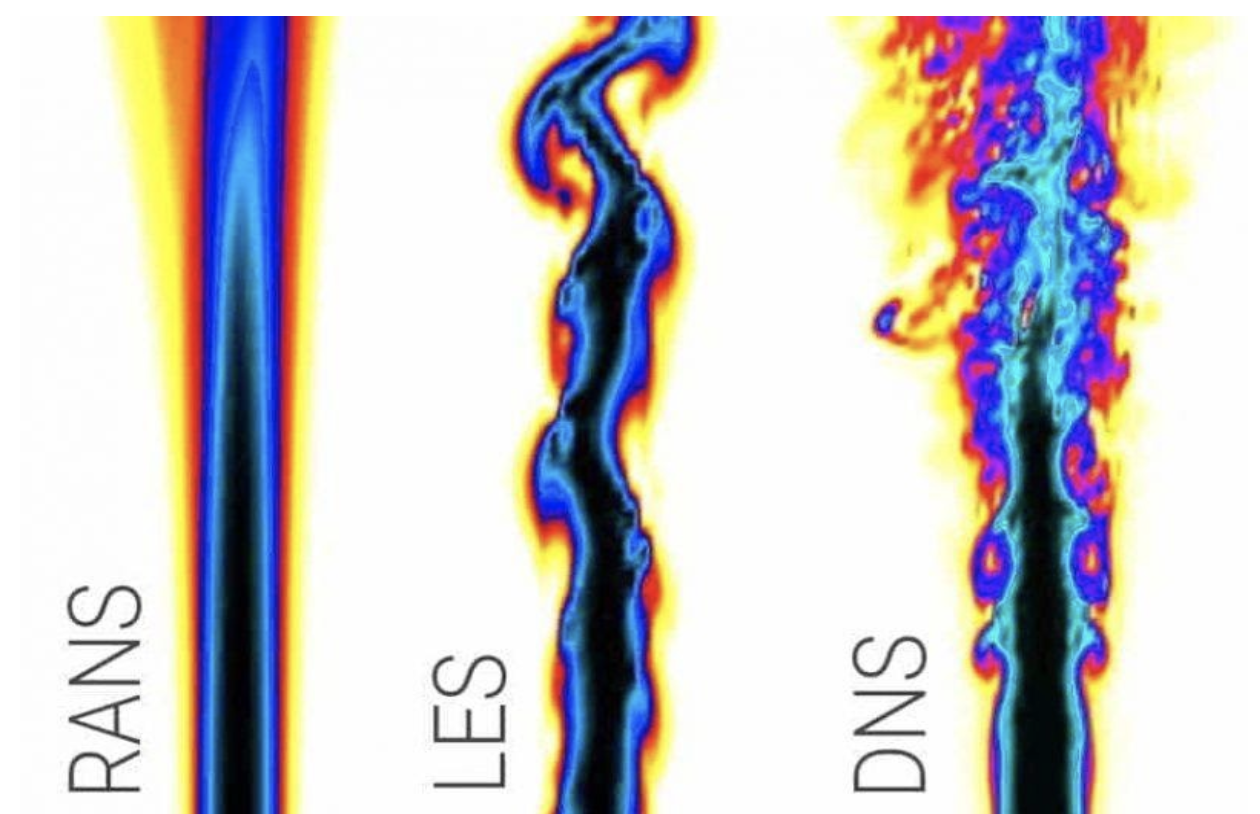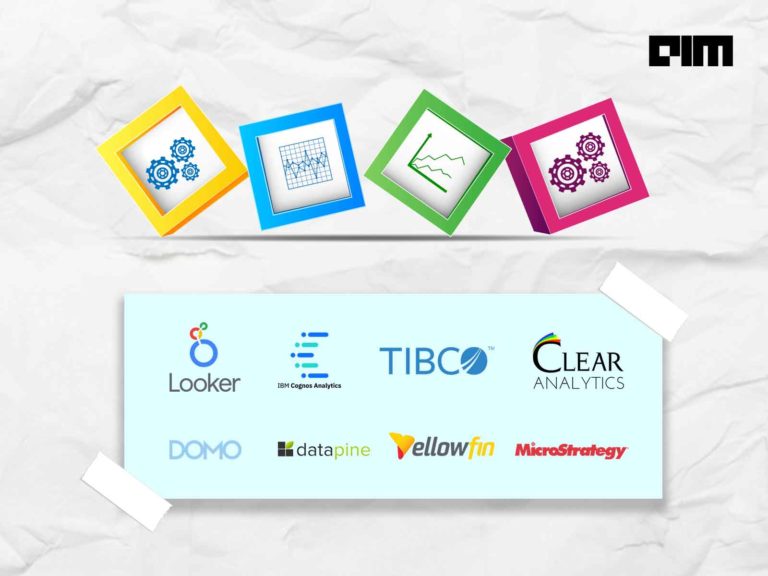Presently, one of the active ongoing challenging problems always prevails to the engineers and researchers is to design the numerical simulation models for the turbulent flow.
Particularly, in the fields of fluid dynamics and aerodynamics to understand their role in extreme conditions. This issue becomes more suitable to work out because of the recent advancement in the areas of machine learning and deep learning techniques. In computational fluid dynamics, turbulence modelling based on the machine learning approach has gained significant attention in the past few years.
Why do we require to model turbulence? Can it be resolved or modelled? Yes, it is achievable to solve by applying the dynamical governing equations of fluid flows, the Navier-Stokes (N-S) equation. The most commonly used N-S equation for the modelling purpose is represented below;

where ui , p, xi , t and Re are the flow velocity, pressure and spatial, temporal coordinates and Reynolds number respectively. There are the various methods which uses the N-S equations to solve the modeling problems.
NUMEROUS METHODS TO MODEL THE PROBLEMS OF TURBULENCE FLOW:
1. Direct Numerical Simulation (DNS): This method widely used to study the physics of the compressible flow. It allows to numerically solve the Navier–Stokes (NS) equations without any turbulence modelling. In brief, it needs to solve the comprehensive range of temporal and spatial scales of a turbulent flow, from extremely large to very small length scale. It exclusively used to model the simple flows, it is applied to enhance the understanding of turbulence and to generate simplified turbulence models that are low in cost. But to model the practical engineering systems with complex geometry, it becomes computationally expensive.
2. Large Eddy Simulation (LES): It solves the spatially averaged Navier–Stokes (NS) equations. The fields of large eddies can be directly resolved but eddies smaller than the mesh are needed to model. In comparison to DNS, it is less expensive, but for most practical applications it requires a substantial amount of computational resources. The hybrid RANS-LES turbulence model uses to exploit the advantages of LES modeling while it retains the effectiveness of RANS models. This way it reduces the cost of modeling.
3. Reynolds-Averaged Navier Stokes (RANS): It solves the time-averaged Navier-Stokes equations. This is the most widely used approach for calculating industrial flows with complex geometries. In comparison to DNS and LES, it is more accurate as well as less in cost to working out with complicated modeling problems. If the flow of interest is characterized by the periodic flow feature, these can be resolved using unsteady RANS (URANS).
To understand the turbulence flow behaviour, researchers have designed RANS (Reynolds-Averaged Navier Stokes) turbulence models based on an approach of Artificial Neural Networks (ANN). However, the Direct Numerical Simulation (DNS) and Large Eddy Simulation (LED) are still the most widely used modeling techniques for the simple fluid flow but industrial perspective, engineers now have started preferring RANS based modeling.
In the above figure, it briefly summarizes the effectiveness, computational cost and complexity involved in modeling of turbulence flow. The computational cost increases from RANS to DNS. The outcome of that the scale resolving approaches like DNS and LES are commonly applied to simple geometries whereas hybrid RANS-LES, URANS and RANS can be applied to the complex industrial problems. However, there is still not a single practical turbulence model develop yet that can presumably predict all turbulent flows with satisfactory precision. Recently, various industries have changed their approach to solving the turbulence modeling problems, as the Artificial Neural Network (ANN) based modeling approach becomes more reliable to tackle the problems of complex turbulence flow with more accuracy in less time.
CONCLUDING NOTE
In this article, I have tried to emphasize the various methods which are effectively using the techniques of the Artificial Neural Network (ANN) to solve the industrial and academic-based research problems of turbulence flow. Based on the various approaches, all the turbulence modeling methods have benefits as well as disadvantages depending upon the computational cost, geometrical complexity and satisfactorily resolving the problems. In the past few years, RANS based modeling has gained significant attention in solving the turbulence flow problems due to its low cost and working out with the complex geometrical industrial problems in limited time.
ANNs will undoubtedly have a progressive impact on modeling the high-dimensional difficult systems such as turbulent flows. The good news is that such intricate issues are already have been profoundly investigated by the academic researchers and industries such as Google, Facebook, etc. Assuredly, the next decade will witness the noticeable improvement in addressing these problems.



















































































